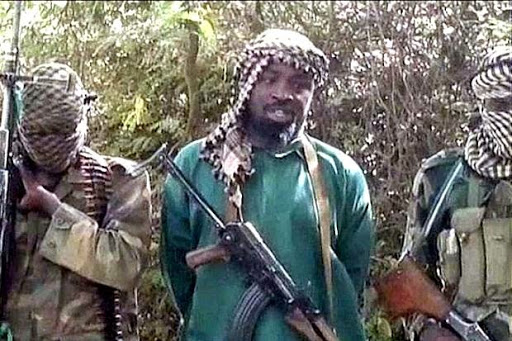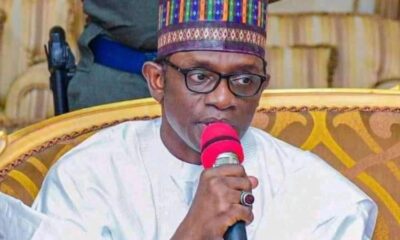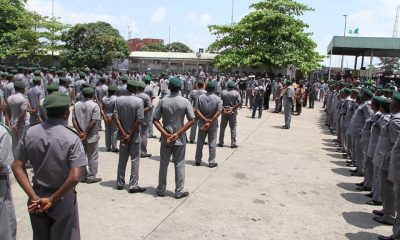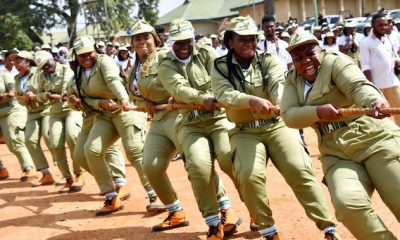More News
Revealed: How Shekau Blew Himself Up

Boko Haram leader Abubakar Shekau died on Wednesday evening after a standoff with rivals from the Islamic State West Africa Province, ISWAP.
A report in HumAngle said that the incident took place on Wednesday evening following the invasion of the terror group’s stronghold in the Sambisa forest area by a column of Islamic State West Africa Province (ISWAP) fighters.
ISWAP, which had broken away from the Shekau-led Boko Haram faction in 2016 after pledging allegiance to the Islamic State (ISIS), raided the group’s hideout using multiple gun trucks.
Shekau’s enclave was tracked down by ISWAP using its forces based in the Timbuktu Triangle. His fighters were killed in the process, followed by a long gunfire exchange between the invading group and Shekau’s bodyguards.
HumAngle gathered that after his bodyguards were subdued, Shekau surrendered and engaged in an hours-long meeting with the ISWAP fighters. During the parley, he was asked to voluntarily relinquish power and order his fighters in other areas to declare bai’a (allegiance) to ISWAP’s authority. They had expected Shekau to issue a statement.
Sources within the insurgency, however, said that Shekau who secretly had a suicide vest on eventually blew himself up alongside everyone present during the negotiations.
The identities of the people within ISWAP’s leadership who lost their lives to the explosion remain unclear at this time.
Shekau had been the leader of Boko Haram since 2009 following the death of the group’s founder, Mohammed Yusuf. He had been rumoured to have been killed at least four times between July 2009 and Aug. 2015. In Aug. 2016, the Nigerian Air Force claimed he had been “fatally wounded” by military bombardments, but the terror group released a video only a month later showing he was alive and in good health.
Shifting dynamics
The Sambisa forest area had been a stronghold of the Shekau-led Boko Haram group, also known as the Jamā’at Ahl as-Sunnah lid-Da’wah Wa’l-Jihād (JAS).
Although confrontation and skirmishes between the two rival factions (JAS and ISWAP) are common, the situation recently spiked to new levels.
The clashes, according to the monitoring of the group’s communications, followed attempts to advise Boko Haram about overusing takfir (non-believer) designations or doing so incorrectly.
Seizing Sambisa forest from JAS also holds the promise of offering increased protection to ISWAP fighters from military airstrikes, which its strongholds in the Lake Chad area are prone to.
The recent development comes on the tail of persistent ISWAP attacks on military bases and garrisons as well as events within the group that included the arrival of visitors and reemergence of Abu Musab Al-Barnawi (Habib Yusuf) as an interim leader.
Abu Musab, a son of Boko Haram founder Mohammed Yusuf, previously served as the group’s spokesperson. But he later joined a sub-group of fighters, including top lieutenant Mamman Nur, who broke away due to Shekau’s rigid methods and extreme position on takfir.
The breakaway faction, now known as ISWAP, moved into the Alagarno and Lake Chad Basin, dislodging or taking over Boko Haram assets in the areas and subsequently becoming the dominant terror group in the axis.
Source: HumAngle
Send Us A Press Statement Advertise With Us Contact Us
And For More Nigerian News Visit GWG.NG














